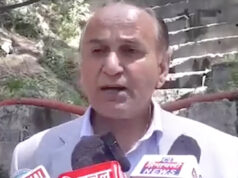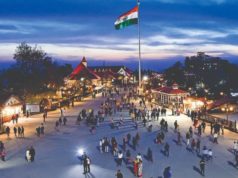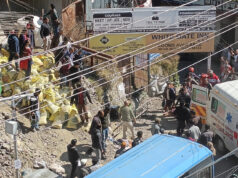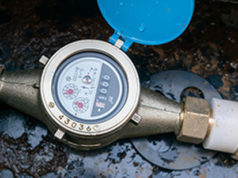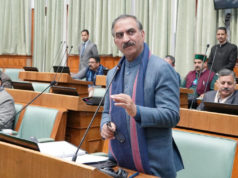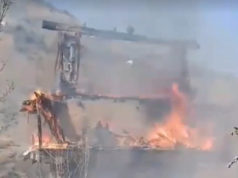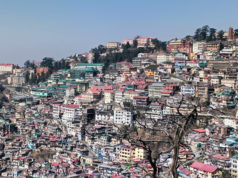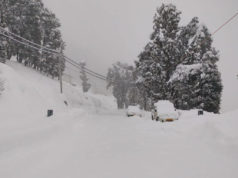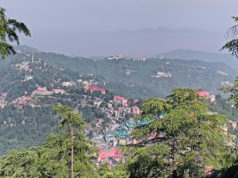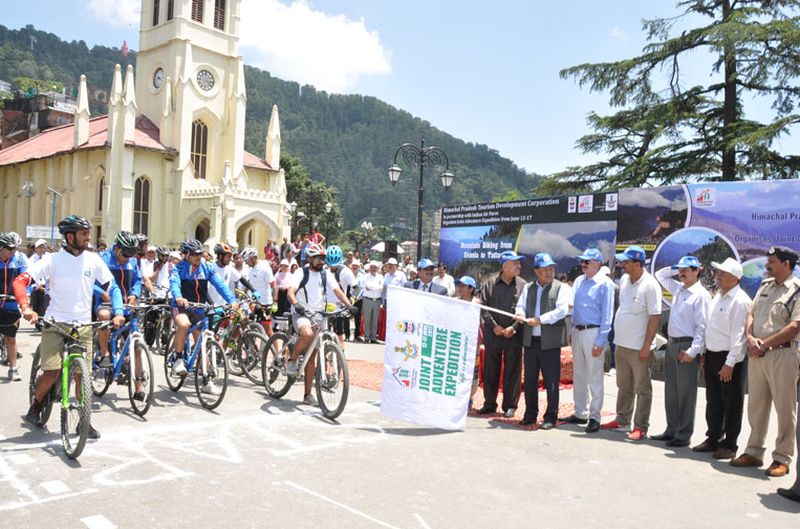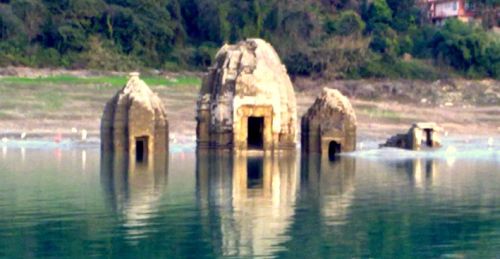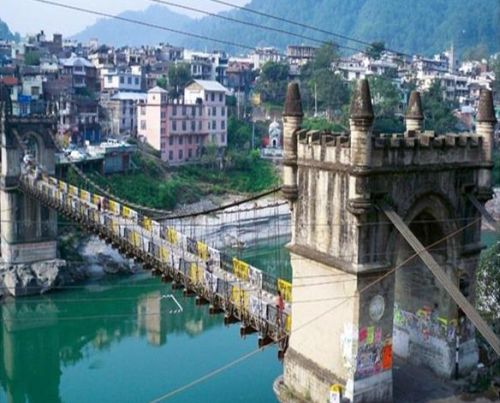Shimla, the capital city of Himachal Pradesh, is one of the most visited tourist locations in north India. With new infrastructure that has popped up in the Queen of Hills, the city still holds history frozen in time from the British era.
Shimla offers a delightful travel experience to travellers, with amazing locations within a few kilometres of its reach. A wide variety of travellers and tourists visit Shimla every year.
In this article, we will discuss some interesting facts about Shimla. Whether you have visited Shimla or not, you will find these facts intriguing.
Known for its walking culture, the city can be best explored on foot. Mall Road and Ridge are like the heart of the city, with many tourist locations in its vicinity. Let us discuss some interesting facts that you would love to read about Shimla.
Tennis courts turned into ice skating rink
The history of the ice-skating rink in Shimla dates back to the early 20th century. There was a hotel by the name Blessington where residents usually complained about water being frozen in taps during winter months.
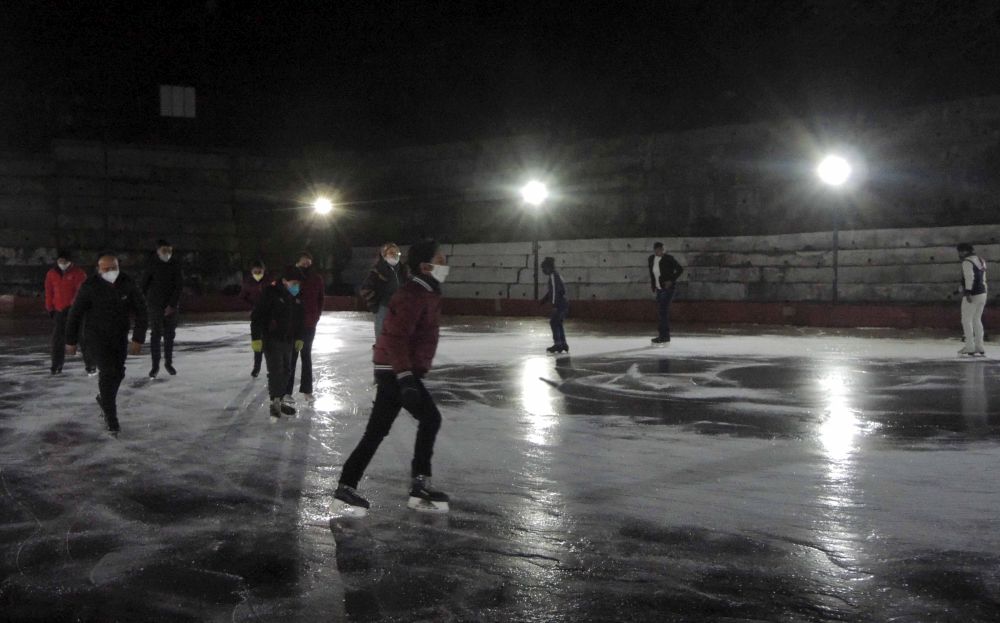
There were tennis courts adjacent to the hotel, subzero temperatures would turn them into an ice arena when water was thrown on them. This gave origin to the idea of throwing water in the courts to have ice naturally on the bare ground.
Finally, some group of skaters started using the tennis courts as an ice-skating rink in winters, which ultimately led to the formation of what’s called ‘The Shimla Ice Skating Club.’
The ice-skating rink got the tag of being the largest natural ice skating rink. Today this place serves as a hub for winter activities in Shimla and is more democratic in its functioning.
Raj Bhavan
The history of Raj Bhawan (otherwise known as Barnes Court) dates back to 1832, this is when its foundation was laid. The Barnes Court today serves as the Governor’s house.

History tells us that it has always been occupied. Located amidst cedars, the building was first inhabited by Sir Edward Barnes, who was the then British Commander-in-Chief of the Indian Army.
Post-independence, for many years, the building was used by VIPs for staying purposes.
It was then popularly known as Himachal Bhawan. In 1981, when the original Raj Bhavan of Himachal burnt down, the building was given the status of the official residence of the Governor of the state.
Scandal of the Scandal Point
The name Scandal Point in itself creates curiosity among first-time visitors to Shimla. The story again goes back to a time when Britishers ruled India. The fascinating thing to note is that nobody can confirm how true the story is.

It mostly started as a rumour. It is said that the Maharaja of Patiala eloped with the daughter of the British Viceroy at The Mall Road, which is why it is known as the Scandal Point.
Water supply from Combermere stream
Shimla city experiences water scarcity issues very often. Right now, the water supply is managed by an organization – Shimla Jal Prabandhan Nigam Limited, but there is a history rooted in the water supply of the city.
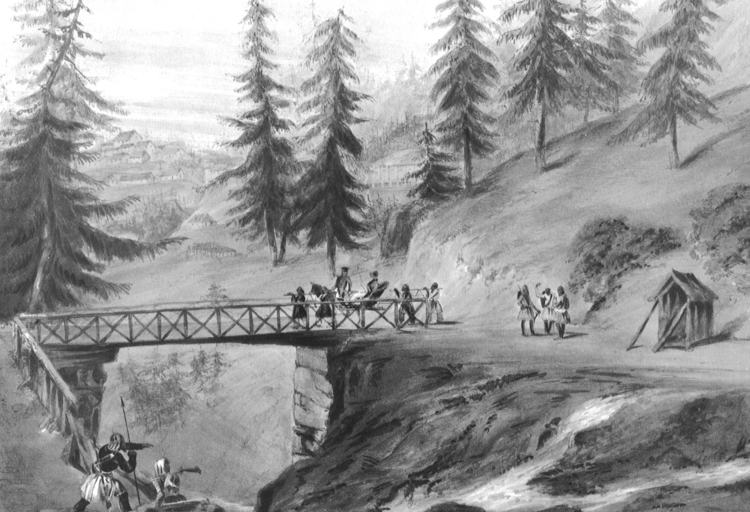
The water supply system of Shimla was developed in the late 19th century, which continued until the early 20th century. Water was sourced from springs and streams with sound engineering principles.
Combermere stream (which is full of filth now), once used to be the source of water supply for Shimla town. Lord Combermere built a large water tank on this stream to resolve the water shortage issue. The stream was later named after him.
Gandhi’s disdain for Shimla
Gandhi Ji and Shimla also have a history of their own. He visited the town 10 times between 1921 and 1946 for meetings and gatherings.
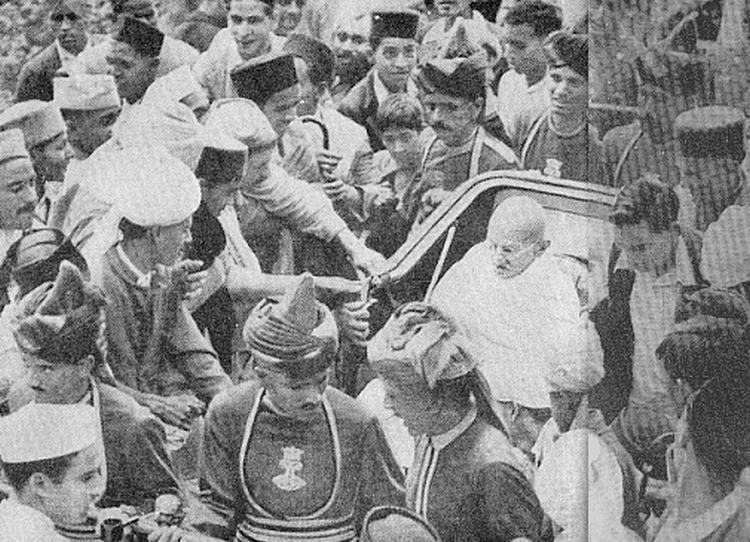
When he came to Shimla for the very first time in 1921 with his wife Kasturba, Lala Lajpat Rai, Madan Mohan Malviya, and Ali brothers, he stayed at a house which was called Shanti Kutis. In May 1921, he addressed a large gathering of women in Lower Bazaar’s Arya Samaj Hall. He last visited Shimla in 1946.
Though Gandhi JI frequently visited Shimla, he did not like the place so much. He detested the fact that Indians were not allowed to visit certain places in the town. Moreover, sightings of rickshaws being pulled by Indians to ferry British officers on the Mall raged him.


